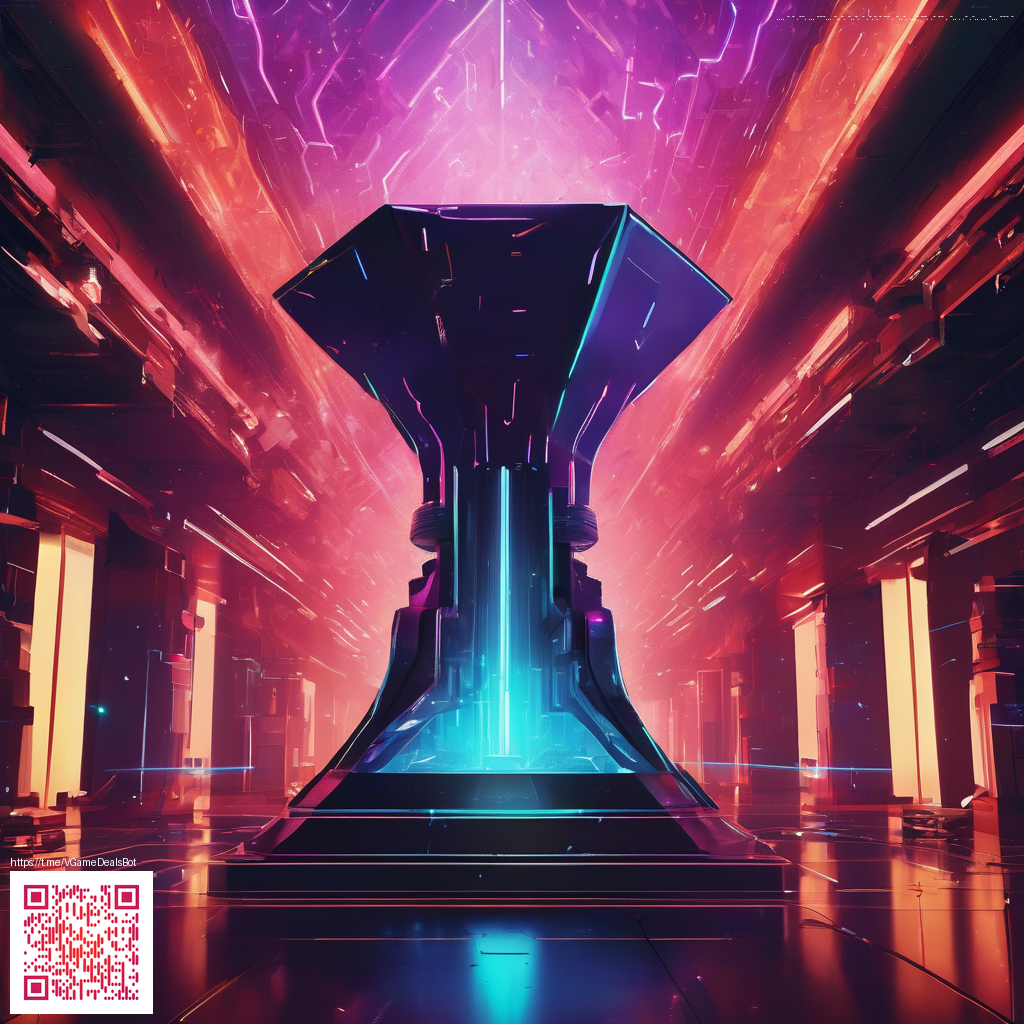
Advanced Figma Components and Variables for Scalable Design Systems
In today’s design environments, teams ship faster when their UI foundations are precise, reusable, and easy to evolve. The most effective way to achieve that is through advanced Figma components paired with variables and design tokens. This combination unlocks scalable systems where a single source of truth can drive dozens of products, platforms, and teams. Think of it as a living blueprint: components that know about states, tokens that standardize values, and variables that let teams adapt without reworking the core models. 🚀
Key concepts to master
- Variants provide a controlled set of states and configurations for a component—think default, hover, pressed, and disabled, all in one place. Using variants closes the gap between design and implementation, reducing ambiguity for developers. 🎯
- Design tokens codify visual decisions like color palettes, typography scales, spacing, radii, shadows, and elevation. Tokens ensure that a single change propagates consistently across screens, prototypes, and production specs. ✨
- Figma Variables (colors, sizes, boolean switches, etc.) add a dynamic layer to components, so you can swap themes or adapt to context without duplicating entire asset trees. This is especially powerful for accessibility adjustments or regional marketing variations. 🌍
- Auto Layout inside components enables responsive behavior—shrinking and expanding as content changes, while preserving alignment and rhythm. This is essential for fluid dashboards, catalogs, and form controls. 📐
- Instance swapping lets you switch out a nested component with a click, enabling quick visual experiments and A/B testing of different UI motifs without leaving the design file. 🧪
- Interactive components bring micro-interactions to life—shortcuts for states such as on/off toggles, animated transitions, and feedback cues that translate into polished handoffs. 🔄
As you assemble libraries, you’ll notice that structure and naming matter just as much as the assets themselves. A well-organized component set makes it easier for designers, product managers, and developers to collaborate without stepping on each other’s toes. And when you pair components with tokens and variables, you create a chain of dependencies that speeds up prototyping and reduces rework. 💡
“The right combination of variants and tokens turns a handful of assets into an adaptable design system, so you can pivot with confidence.”
— design ops mindset
In practice, you want to keep your token graph clean and your component families coherent. If you start with a library of base primitives (e.g., button, input, card) and layer variants (size, density, color) and tokens (blue, gray, radius, spacing), you create a scalable ecosystem that grows with your product. For teams working on consumer hardware accessories—like the Phone Grip Click-On Universal Kickstand—that scalability translates to consistent UI and marketing pages across channels. This approach mirrors how a single design system can underpin both digital experiences and physical product storytelling. 🛠️
Structuring a scalable system
- Begin with a single source of truth for tokens: color, type scale, radii, and elevation. Link components to tokens rather than hard-coded values so updates ripple through instantly. 🌊
- Use nested components to encapsulate common patterns (e.g., a button with an icon, a search field with a clear button). Variants should represent meaningful states, not every tiny permutation. 🧩
- Adopt a clear naming convention for components and tokens. A consistent taxonomy reduces confusion when new teammates join the project. 🗂️
- Document design governance in a dedicated page: how tokens are authored, where they live, and how updates propagate to libraries used by developers. 📝
- Leverage libraries and shared styles so teams across products inherit the same visual language. This is especially valuable for multi-brand ecosystems. 🔗
To illustrate how these ideas translate into real-world workflows, imagine a design system used to support a family of hardware accessories. You might configure a color token set for highlight states, a typography scale for product pages, and a radii token to ensure the soft, tactile look of controls remains consistent on web, mobile, and printed materials. When the tokens update, the entire UI updates automatically—no manual edits required—saving time and minimizing human error. 🧭
For teams eager to see practical outcomes, consider how a product page like the one mentioned above can benefit from consistent tokens and stable components. The streamlined handoff to developers is a not-so-secret advantage: tokens become the contract between design and code, and components.spin in a shared library to ensure pixel-perfect fidelity. If you want a concrete example of where this philosophy shines, check the Phone Grip Click-On Universal Kickstand product page and imagine how its UI system could scale across marketing assets and in-app experiences. 🎯
Practical workflow for teams
- Start with a token-first mindset, defining a palette, typography, spacing, and elevation tokens before building components. 🎨
- Create variants that cover essential states and configurations without exploding the catalog. Keep the variant count sane to preserve performance in the file. 🧭
- Adopt auto layout patterns inside components to handle content changes gracefully. This reduces the need for manual tuning as layouts evolve. 📐
- Use interactive variants to prototype micro-interactions that developers can replicate. It speeds up the handoff and reduces ambiguity. ⚡
- Document decisions in a dedicated page or file so future teammates can understand the reasoning behind tokens, variants, and naming conventions. 🗒️
Designing for collaboration
Cross-functional teams thrive when the design system communicates clearly. That means accessible color tokens, scalable typography, and robust component hierarchies that don’t break under pressure. Embrace token-driven theming to support accessibility goals and brand updates without touching hundreds of components. The result is a resilient design system that unlocks velocity while maintaining visual integrity. 🚀✨
As you invest in this approach, remember that you’re building for longevity. A well-crafted component library and token system reduces waste, accelerates iteration, and creates a smoother collaboration loop between designers, product managers, and engineers. The payoff is clearer UI, faster prototyping, and fewer rework cycles—allowing teams to focus on solving users’ real problems. 💡